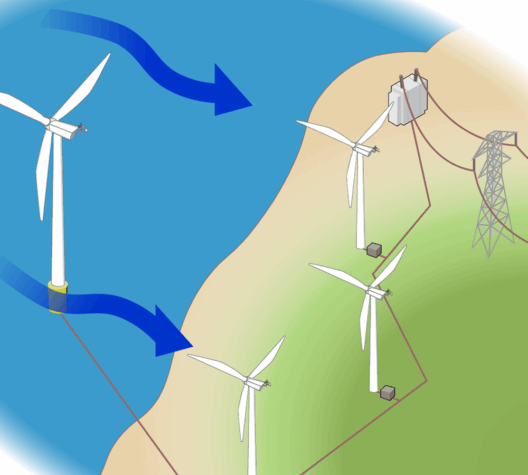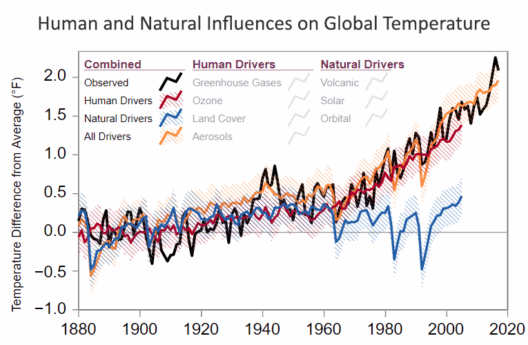As coastal dwellers and oceanic ecosystems brace themselves for the inevitable repercussions of climate change, rising sea levels have emerged as one of the most threatening manifestations of global warming. With escalating threats of flooding, erosion, and salinization, communities worldwide are gripped by the urgency of this crisis. This article delves into the most effective strategies to halt the relentless march of ocean-level increases and safeguard our planet for future generations.
Understanding the science behind sea-level rise is fundamental. Primarily driven by the melting ice sheets in Greenland and Antarctica, along with the thermal expansion of seawater due to increasing temperatures, the repercussions highlight a broader connection between humankind’s activities and natural systems. But how can we, as stewards of the Earth, mitigate this looming threat? The answer lies in multifaceted approaches encompassing both local and global initiatives.
Implementing Coastal Defenses: The Barrier Effect
One of the most immediate and tactile strategies against rising seas involves constructing and enhancing coastal defenses. These formidable structures, ranging from sea walls to levees, serve as the first line of defense against surging tides. However, designing these barriers requires not only engineering prowess but also an understanding of the unique ecological dynamics of coastal areas.
Natural barriers, such as mangroves and wetlands, present a compelling aesthetic and functional alternative to concrete fortifications. These ecosystems absorb wave energy, mitigate flooding, and offer habitats for diverse wildlife. Preservation and restoration of these environments should take precedence over rigid infrastructure, marrying ecological benefits with physical protection.
Furthermore, investing in innovative technologies, such as floating barriers and sea walls that adapt to changing water levels, can offer an aesthetically pleasing solution that harmonizes with the coastal landscape. These flexible designs can mitigate damage during storm surges while minimizing the impact on local aesthetics and biodiversity.
Restoring Ecosystems: Nature’s Mitigators
Another potent route to combat rising sea levels lies in the restoration and conservation of ecosystems that can absorb and store substantial amounts of carbon. Forests, peatlands, and coastal ecosystems such as mangroves and salt marshes play critical roles in carbon sequestration. Enhancing these natural carbon sinks can decelerate climate change, thus addressing one root cause of rising sea levels.
Restoration efforts must be strategic, focusing on reestablishing native species and intricate ecological networks. This not only fortifies habitats but also promotes resilience against climate-induced stresses. For instance, replanting mangroves not only protects shorelines but combats ocean acidification and enhances biodiversity, making these projects a crucial part of both climate adaptation and mitigation.
Integrating community participation in restoration initiatives can amplify benefits. Empowering local people to engage in conservation can foster stewardship, ensuring the long-term viability of these ecosystems. When communities understand the intrinsic value of their environment, collective action can lead to extraordinary consequences for both local and global health.
Innovative Urban Planning: The Smart City Paradigm
In urban areas, where population density meets coastal vulnerability, innovative planning is the key to halting ocean-level rise. Smart cities emphasize a paradigm shift toward sustainable design that minimizes water-related risks while enhancing livability. Embracing green infrastructure—such as permeable pavements, green roofs, and urban forests—can drastically improve stormwater management, reducing pressure on drainage systems and lowering flood risks.
Incorporating climate-resilient architecture further strengthens urban resilience. Buildings designed with elevated foundations, flood-resistant materials, and integrated rainwater harvesting systems can withstand rising waters while reducing overall resource dependence. This movement toward adaptive, resource-efficient urban spaces not only addresses rising sea levels but also enhances the quality of life for urban dwellers.
Moreover, promoting policies that discourage unsustainable coastal development is crucial. Zoning regulations that limit construction in high-risk areas and incentivize retrofitting existing structures can create an environment where natural barriers are prioritized over man-made ones, aligning societal growth with ecological sustainability.
Global Cooperation: The Power of Unity
To truly combat sea-level rise, collaborative action on a global scale is paramount. Climate change knows no borders, and neither should our responses. International agreements, conservation partnerships, and coordinated research efforts can amplify local initiatives, creating a unified front against the inevitable threat of rising oceans.
A notable example is the innovative use of climate financing to support vulnerable nations in mitigating and adapting to rising sea levels. By investing in research and technology exchange, countries can share knowledge and strategies that empower them to take informed action against environmental changes.
In addition, awareness campaigns that elevate public understanding of the urgency of rising sea levels foster a global dialogue. Engaging citizens worldwide in advocacy can prompt governmental accountability and drive policy changes that reflect our collective responsibility to safeguard our planet.
As the tide of climate change rises, so too must our resolve and ingenuity. By implementing coastal defenses, restoring vital ecosystems, innovating urban planning, and fostering global collaboration, we can confront the multifaceted threat posed by rising sea levels effectively. Only through a comprehensive and united effort can we hope to thwart the encroaching oceans and preserve the beauty and integrity of our land and communities. The stakes are high, but the solutions are equally compelling. Together, we can turn the tide against rising seas.








